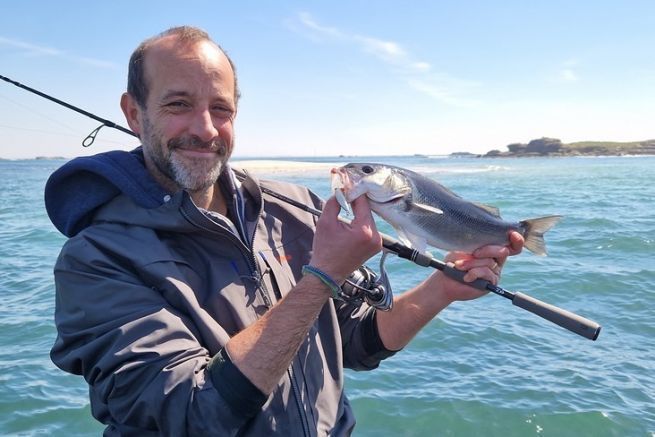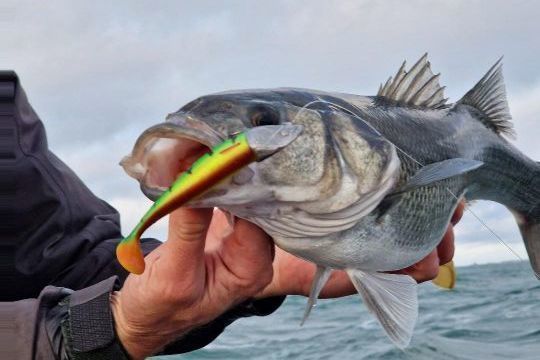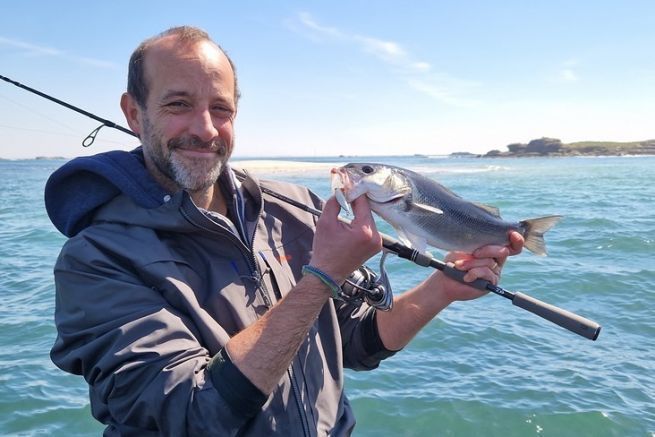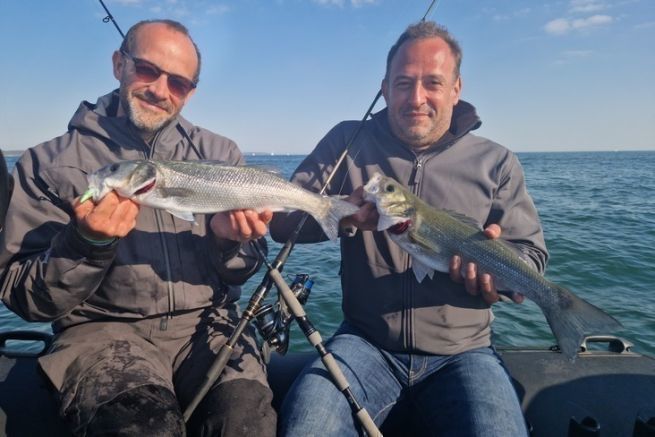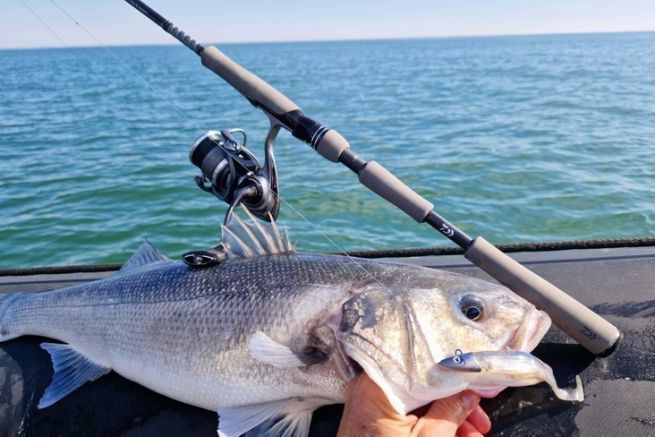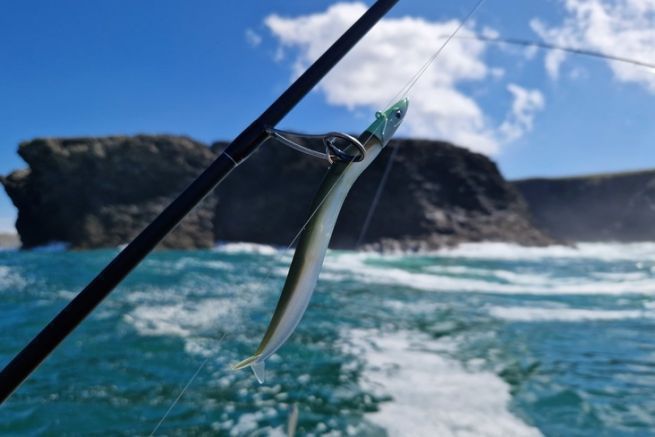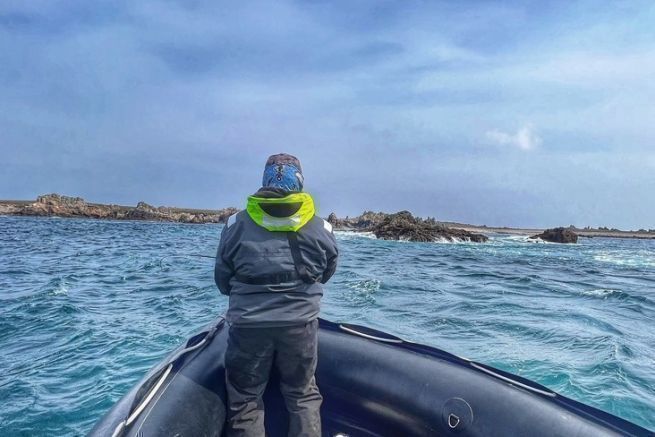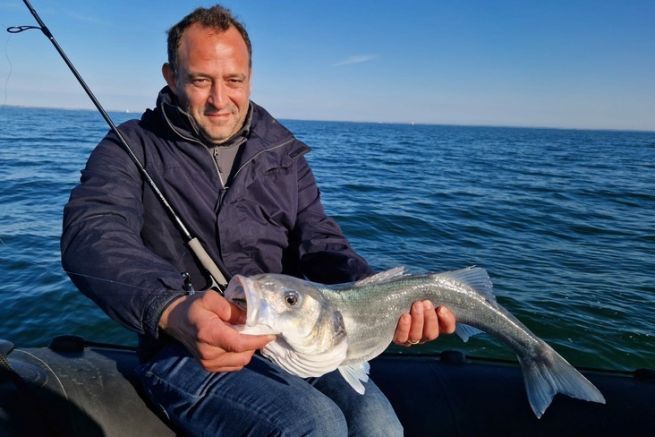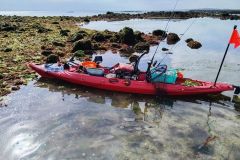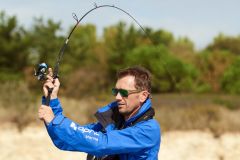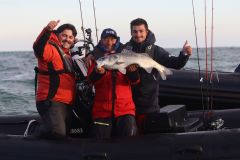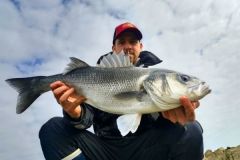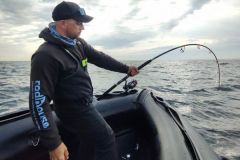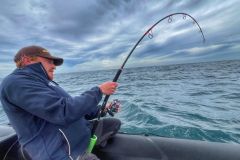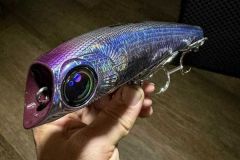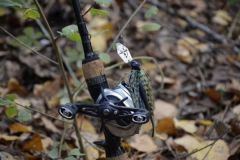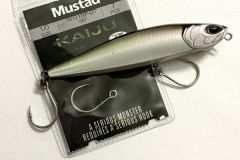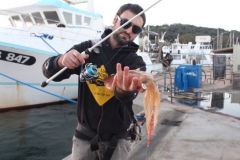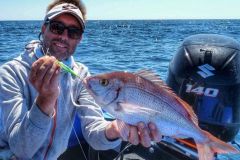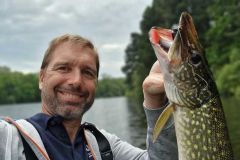The desire to go far away with the idea that the fish are more numerous and bigger is quite natural when you are facing the ocean. However, it is often wrong when we talk about sea bass fishing. Indeed, it is a fish that settles at the coast from spring and sometimes feeds a few centimeters from the edge. Fishing from a boat is not necessarily synonymous with offshore fishing.
Thus, from a boat, you can easily do all your fishing within a mile of the coast on spots between 0 and 5 meters deep. On these spots, it is obvious that we will use mainly light rods of a power 7-28 g for example and lures between 5 and 20 g for 10 to 15 cm.
Oyster beds
Oyster beds or conch beds are obviously excellent spots for sea bass and are only a few meters from the shore. They offer both room and board and often shelter very large specimens.
To prospect them efficiently, it is obvious that surface lures are the best choice, but sometimes bass refuse to break through this mirror. You can then animate a shad quickly so that its paddle stirs up the water and creates a wake on the surface, or let it go down a little provided you choose weighted models of 5 g maximum and animate in linear high rod.
However, on the outside of the parks, where it is easier to manage a fight, the use of more leaded soft lures and animated on the fly or scratch often proves very effective.
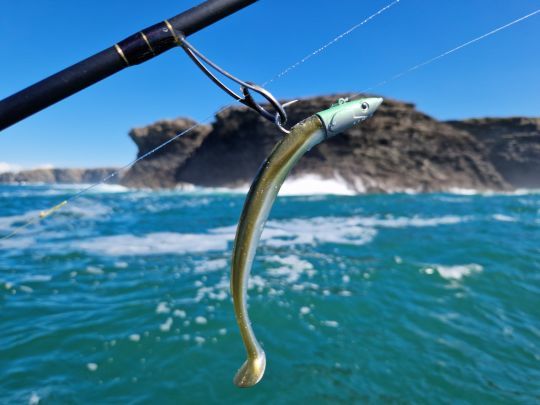
The rocky plateaus
The rocky plateaus are a typical edge spot. The bass are numerous there to sneak in the seaweed from fault to fault in search of crabs, shrimps, gobies and other small fry. These are areas where you can practice large drifts in order to locate the fish.
You will be able to alternate all the fishing techniques, but the most dynamic ones such as the fly and the linear one allow to sweep quickly the ground. On depths of 5 meters, you can then use shad and slugs of 5 to 10 g for slow animations and 15 to 20 g for faster retrieves allowing to easily solicit the active fish or to irritate the most apathetic.
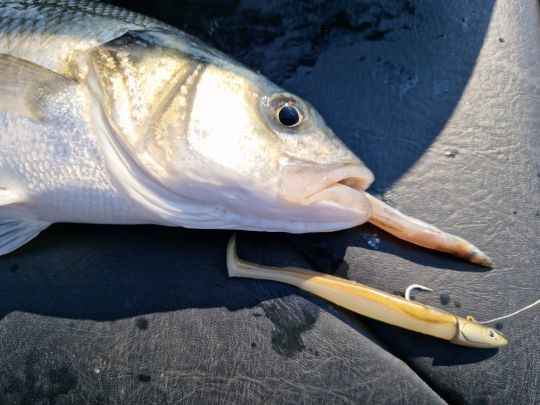
Stains on the sand
One of the typical spots to prospect are also sandy or gravel beaches. If they are often quite large, the good strategy is to concentrate on those that present changes of substrates perfectly identifiable by color changes.
These dark spots represent either a rock or an algae patch and are not only an additional food source but also an excellent lookout for bass. The edge of these substrates is often the strike zone.
On these spots, bass feed on small fish, but are also often picking up crabs. If it is obviously possible to use all the techniques, scratching at the edge of its tasks with a soft lure reserves beautiful surprises.
On the other hand, sandy spots in the middle of a rocky plateau are also excellent and can shelter a sandeel population that it will be more relevant to approach with long lures.
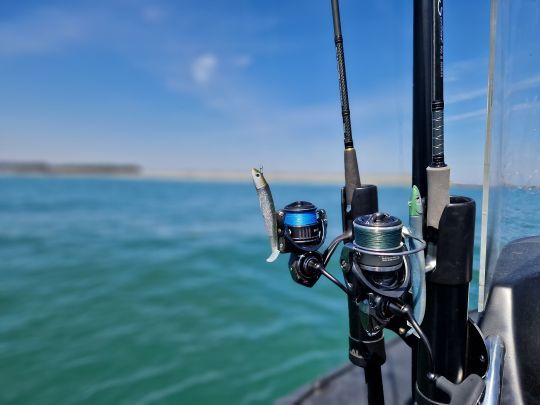
Current veins
On rocky plateaus, along rocky points or between emerging rocks, there are often veins of currents that channel the flow of food.
The bass, opportunists, know perfectly well how to exploit them and are happy to settle there. Once again, if all the techniques are possible, I particularly like to "keep a soft lure on a leash" in the water vein.
The idea is to find the right weight to keep the lure suspended in the current. The bites are then generally quite frank!
When the current is really strong, the bass can be found behind the rock in the current cushion, so don't forget it...
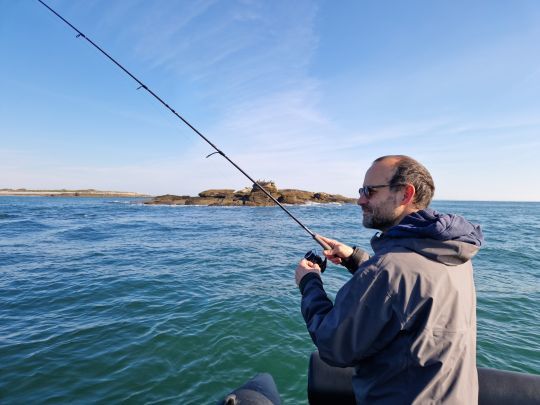
Fishing in the white
Finally, a typical edge fishery is the scum fishery. When there is a chop or a residual swell, a surf zone is formed on the emergent rocks and rocky cliffs, suspending a large number of foods and creating a local food chain with sea bass at the top.
On this type of spots which can sometimes be deep, more than 10 meters, the key is to throw as close as possible to the rock, in the white.
It is then necessary to find the good compromise between plummeting enough to make the lure go down along the wall and remaining light enough to be carried by the current. It is then necessary to release the line in a regular way by controlling the descent of its lure to lick the rock until the bottom where can sometimes be posted the bars.
The surf will then carry your shad freely in the most favourable zone. These last forms are preferable, because they work alone under the effect of the current.

 /
/ 